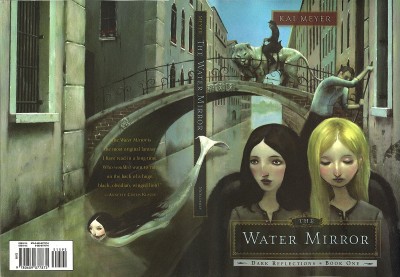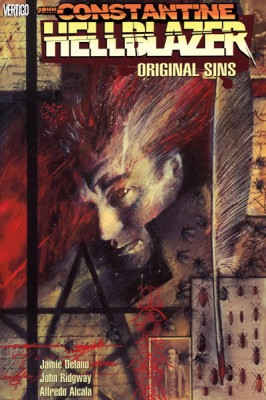Reviewer: Emera
Date read: 2.4.2013
Book from: Personal collection
I began Gerald Morris’ series of Arthurian retellings (collectively called The Squires’ Tales and The Knights’ Tales) back when they first started coming out in the late ’90’s/early 2000’s. I remember starting with The Savage Damsel & the Dwarf in the yellow-lit, air-conditioned cool of the nearest public library when I was 16ish, and shortly thereafter hunched crosslegged in sticky summer weather over the pages of The Squire’s Tale. In a few weeks I’d read all the way up to Parsifal’s Page. Swift, witty, musing, and surprisingly gentle in moral tone despite their sharp humor and the grim fates that befall many characters, Morris’ novels fell in closely alongside my love of Karen Cushman’s medieval historical fiction, and of C. S. Lewis.
Almost 10 years later, I finally started catching up again with the series, and was delighted to find that Morris’ humanity as a storyteller registers even more deeply with me as an older reader. As my friend E. put it, the series is wonderful in embracing and illustrating “all kinds of different ways of being.”
The previous novels had as their protagonists fairly common YA types, though warmly realized: a half-fey squire navigating both mundane & otherworldly affairs, a whip-witted anti-damsel, and a Eustace Scrubb-ish prig who of course discovers valiance & humility under duress.
By contrast, Sir Dinadan’s major interests in life begin with drifting peacefully alone in the forest, and end with peacefully music-making (again, preferably alone) in the forest. I can’t recall another YA novel (suggestions welcome!) whose main character was so centrally concerned with solitude, and – crucially – was allowed to remain that way. Most children’s literature has social aims: the protagonists negotiate relationships (friends, family, romances), and struggle to assume positions of greater social responsibility.
Dinadan does indeed venture forth and meet all sorts of people, befriending some and looking askance at others. And, as Sir Tristan’s younger brother, he is dragged again and again towards the center of that most outrageously tragic of romances. But what he sees of Tristan & Iseult’s violent folly ultimately leads him to affirm his sense of sufficiency in himself and his art – even though his friendship with another “savage damsel,” as skeptic-minded as Dinadan, presents a tantalizing romantic charge throughout.
Without trivializing the essential tragedy of the violence and human wastefulness of Tristan & Iseult’s tale, Sir Dinadan affirms those who prefer to live small, live quietly and inwardly. I laughed often while reading, and closed the book feeling both heartened and melancholy. I plan to revisit Sir Dinadan often, especially since his quietness, skepticism, and steadfast unconcern with dramatic involvement reminded me of a very dear mentor of mine, whom I don’t get to see nearly enough. In Dinadan, Morris combines elements both of the fool and the hermit: capable of moving in society, he evenly judges the people and hierarchies he encounters there, but ultimately, contentedly, remains a man apart.

